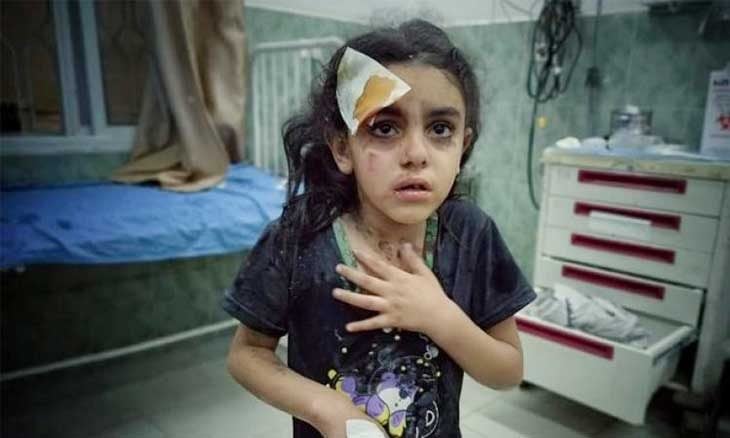Children are beginning to starve to death in Gaza as the United Nations warns that famine is “almost inevitable”.
Children with wasting
At least 15 children died of starvation and dehydration in one hospital, according to the Health Ministry in the Hamas-run area.
The media captured horrific pictures of emaciated children with sunken eyes and thin faces.
Last weekend, World Health Organization workers were able to visit hospitals in northern Gaza for the first time since October, WHO chief Tedros Adhanom Ghebreyesus said Monday.
He added that they reported “severe levels of malnutrition, children starving to death, dangerous shortages of fuel, food and medical supplies, and destroyed hospital buildings.”
Across Gaza, 90 percent of children aged 6 to 23 months and pregnant and lactating women face acute nutritional poverty, according to a report released two weeks ago by the Global Nutrition Cluster, a network of nutrition NGOs led by UNICEF.
The group added that at least 90 percent of children under the age of five are infected with one or more infectious diseases.
Lifelong effects
Dabney Evans, director of the Center for Humanitarian Emergencies at Emory University, said images from Gaza indicate the most severe forms of malnutrition, including “wasting,” which refers to extremely low weight for body height, as a result of a sharp decrease in calories in a short period. .
“Their bodies are starting to collapse and they are in shock,” Evans said, explaining that bringing them back to good health requires careful, supervised medical care, not just giving them food that could be dangerous.






